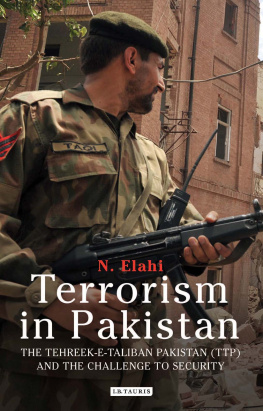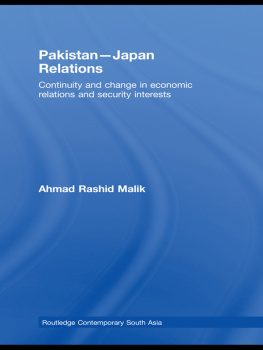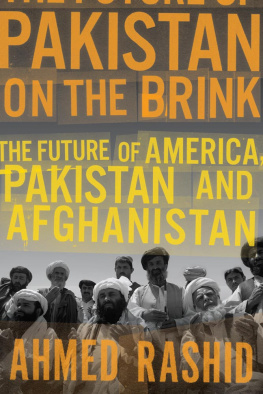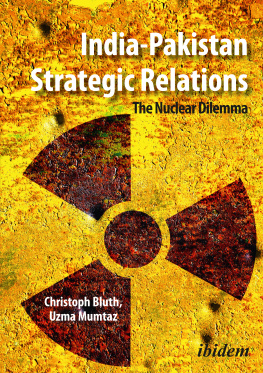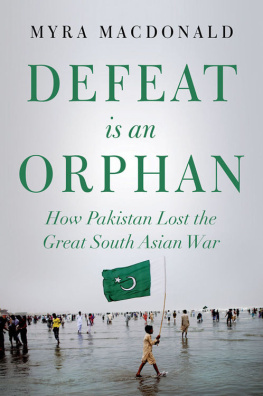Government of India, Copyright 2014.
The responsibility for the correctness of internal details rests with the publisher.
The territorial waters of India extend into the sea to a distance of twelve nautical miles measured from the appropriate base line.
The administrative headquarters of Chandigarh, Haryana and Punjab are at Chandigarh.
The external boundaries and coastlines of India agree with the Record/Master Copy certified by Survey of India.
The state boundaries between Uttarakhand & Uttar Pradesh, Bihar & Jharkhand and Chattisgarh & Madhya Pradesh have not been verified by the Governments concerned.
The spellings ofnames in this map have been taken from various sources.

Government of India, Copyright 2014.
The responsibility for the correctness of internal details rests with the publisher.
The territorial waters of India extend into the sea to a distance oftwelve nautical miles measured from the appropriate base line.
The interstate boundaries amongst Arunachal Pradesh, Assam and Meghalaya shown on this map are a interpreted from the North-Eastern Areas (Reorganisation) Act. 1971, buthaveyettobeverified.
The external boundaries and coastlines of India agree with the Record/Master Copy certified by Survey of India.
The state boundaries between Uttarakhand & Uttar Pradesh, Bihar & Jharkhand and Chattisgarh & Madhya Pradesh have not been verified by the Governments concerned.
The spellings of names in this map, have been taken from various sources.
War and Development
ON MAY 2, 2011, in a daring surprise military operation, 33 US Navy SEALs entered the compound of the residence of Osama bin Laden in the Pakistani garrison city of Abbottabad, shot and killed him. The US helicopters carrying the SEALs had evaded Pakistani radars when they penetrated the countrys airspace. Bin Laden had reportedly been living in the compound for more than three years, just eight hundred yards from the elite Pakistan Military Academy. It is incredible to believe that elements of Pakistani intelligence and military did not know that the worlds most wanted terrorist had been hiding in Pakistan for so long and so close to an important military facility. In the tumultuous aftermath of the bin Laden incident, civil-military relations in Pakistan deteriorated dramatically by fall 2011, although recovered somewhat by 2012 with the civilian government surviving the crisis. In recent years, Pakistan has approached economic collapse on several occasions, relying on life-saving support by external actors such as the United States, International Monetary Fund (IMF), the World Bank (WB), and Saudi Arabia. Natural disasters such as devastating floods have added to man-made miseries. The country is riven by a mlange of conflicts that pit competing ethnic and sectarian groups against each other. It is beset by violence between the state and terrorist networks, violence that intertwines with the conflict over US-led NATO forces in Afghanistan. A continuing conflict between the elected civilian government and the judiciary added another challenge to the mix. Pakistans condition poses major challenges to international and regional security, especially in the areas of transnational terrorism and nuclear proliferation. Pakistan is already the worlds fifth largest nuclear weapons state, with about 110 nuclear weapons in its arsenal, and the prospects of these weapons falling into the wrong hands has generated a great deal of international concern.
Such developments raise some fundamental questions: Why has Pakistan become a theater of internecine violence? Why has its condition been so problematic for international security for so long? Why has it emerged as a failing state, a state that cannot provide minimum law and order, control various competing societal forces, and survive economically without external support? Why does it remain a garrison or a heavily militarized warrior state, with an intense focus on narrowly defined national security concerns while several erstwhile military-ruled countries in Asia and Africa have become democratic and others reaped the benefits of increased global trade and investment? What sets Pakistan apart?
The story of Pakistans checkered existence has ramifications that extend far beyond the Pakistani border. This book attempts to examine the role of war and war-making in the development of nation-states in the developing world, and the Pakistani case has much to tell us. Pakistan has devoted considerable energy into military security. Indeed, it is essentially a warrior state in many respects. But the outcome in the Pakistani case has been paradoxical. More than six decades of intense pursuit of military security has made Pakistan less secure and unified as a coherent political unit. Ironically, European history tends to show the opposite outcome: war-making was an engine for national development and consolidation. In Pakistan, however, it has not done so. The puzzle is why not. In this book, I compare Pakistan to historical and contemporary nations in order to examine the problems that war-making creates for state-building in our era. What the case shows is that excessive war-making efforts can have perverse effects on a developing country, as limited resources of the economy are siphoned off for military purposes with little, if any, long-term value for the larger society. Moreover, the public may not successfully demand economic and social reforms unlike in many war-making societies of historical Europe and contemporary East Asia.
In the postWorld War II world, rapid development has come to states that engaged in deep economic interactions with the world market and transformed the competitiveness of their societies and economies by instituting universal education, health care, quality infrastructure, and land reforms. States that pursued extreme ideological or realpolitik goals have not fared well. Countries that received economic assistance from abroad for their strategic position as allies of the great powers benefited only if their leaders pursued a developmental state approach and undertook transformative policies internally. The contrasting experiences of several US alliesJapan, Israel, South Korea, and Taiwan versus Pakistan, Egypt, and the Philippinesattest to this.


